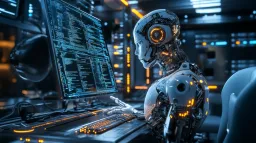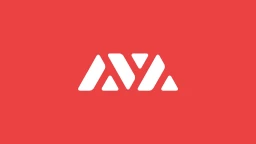Artists can Opt-out of next Stable Diffusion training

Stability AI will respect artists’ wishes to opt out of the Stable Diffusion training for Stable Diffusion 3. It is rumored to start in a few weeks, according to an announcement made yesterday by Spawning, an entity that was founded in September to develop solutions for artist ownership of their training data. At haveibeentrained.com, artists can seek their Stable Diffusion opt-outs.
LAION, a non-profit open-source dataset that is a part of Stability AI, has been discussed with the organization for months, according to Berlin-based Mat Dryhurst, who launched Spawning in September with his wife, musician Holly Herndon.
Text-to-image Questions concerning who owns photos have been posed by AI
The creative industries have been buzzing with inquiries about AI art image ownership ever since DALL-E 2 was published in April. Who owns the DALL-E images is a complicated subject, according to Bradford Newman, who heads the machine learning and artificial intelligence department at the big legal firm Baker McKenzie in Palo Alto. And the inevitable legal repercussions, he emphasized.
There were even more concerns over the model’s training when the open-source Stable Diffusion was published in August. And just a few days ago, a brand-new study that hasn’t yet undergone peer review was published, raising fresh worries. It discovered instances when image-generating algorithms, such as Stable Diffusion, plagiarized from open internet data. This includes photographs that were protected by copyright, on which they had been trained.
Stable Diffusion art ownership issues
On Twitter, Spawning would also be providing opt-in requests for artists who want their images included in the training data, Emad Mostaque, founder and CEO of Stability AI, noted.
Technically, he tweeted, “this is tags for LAION and arranged around that.” Due to size (for instance, what if your photograph is on a news website), it is actually extremely challenging. Investigating more attribution techniques, etc.; open to suggestions.
Additionally, Mostaque seems anxious to stress that Stability AI is not taking this action for Stable Diffusion training. This is due to anticipated moral or legal considerations. He tweeted, “We think various model datasets will be fascinating and would like to see output differentials. There is no legal basis for this, in our opinion. “We believe that over time, most people will choose to participate in greater experiences, just as we have observed them using artstation and others.”
Could Stable Diffusion set a precedent for AI art?
However, Dryhurst contends that it is a “wonderful opportunity to set a precedent for AI art moving forward”. This is regardless of whether Mostaque believes the precautions are necessary for Stable Diffusion (or if other artists think they go far enough).
The group has said it is an independent organization that does not use the data. Therefore it makes sense for people to register their wishes with Spawning only once, he added, so that the information may then be supplied to multiple organizations. Thus, artists don’t have to play whack-a-mole.

Since anyone might technically scrape the web, Dryhurst acknowledged that the task was chaotic. “We have no false faith that it will be possible to enforce things in a completist way,” he said. “We just believe that most interactions will be with a select group of models from important firms. Additionally, we fail to see why those organizations wouldn’t comply with our requests if we made them available to them. It is, in my opinion, helping them out so they can concentrate on the science.”
Follow us on Instagram: @niftyzone









